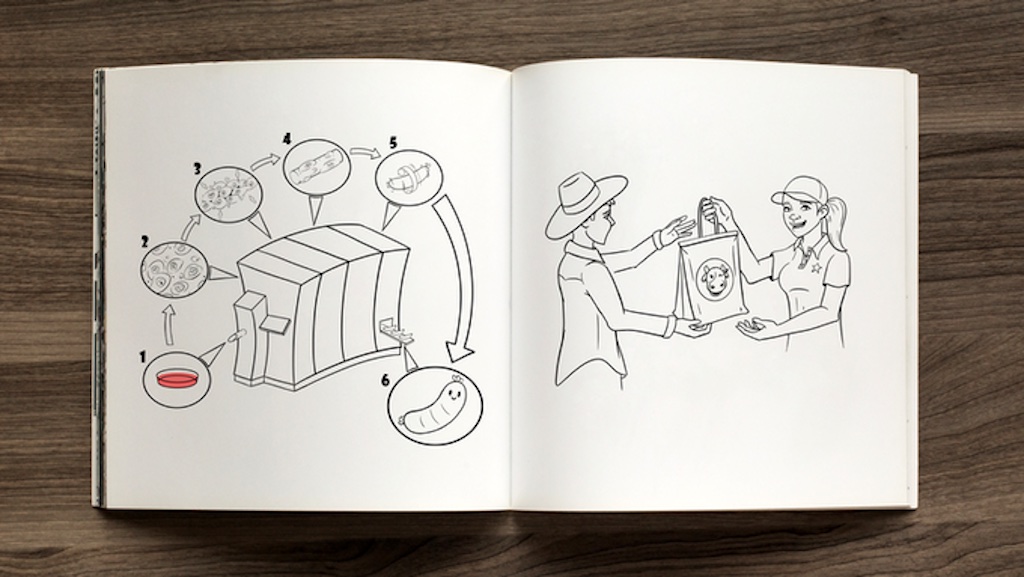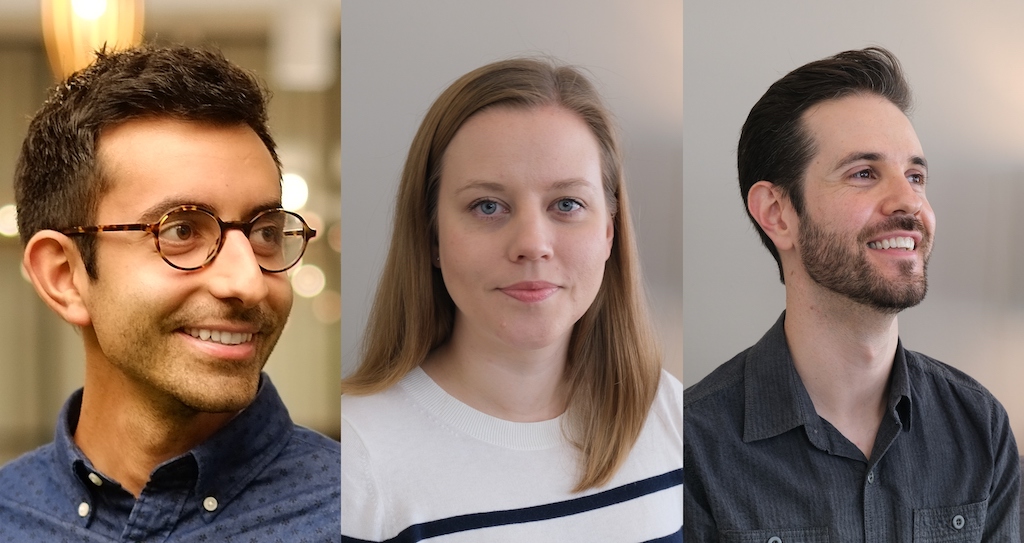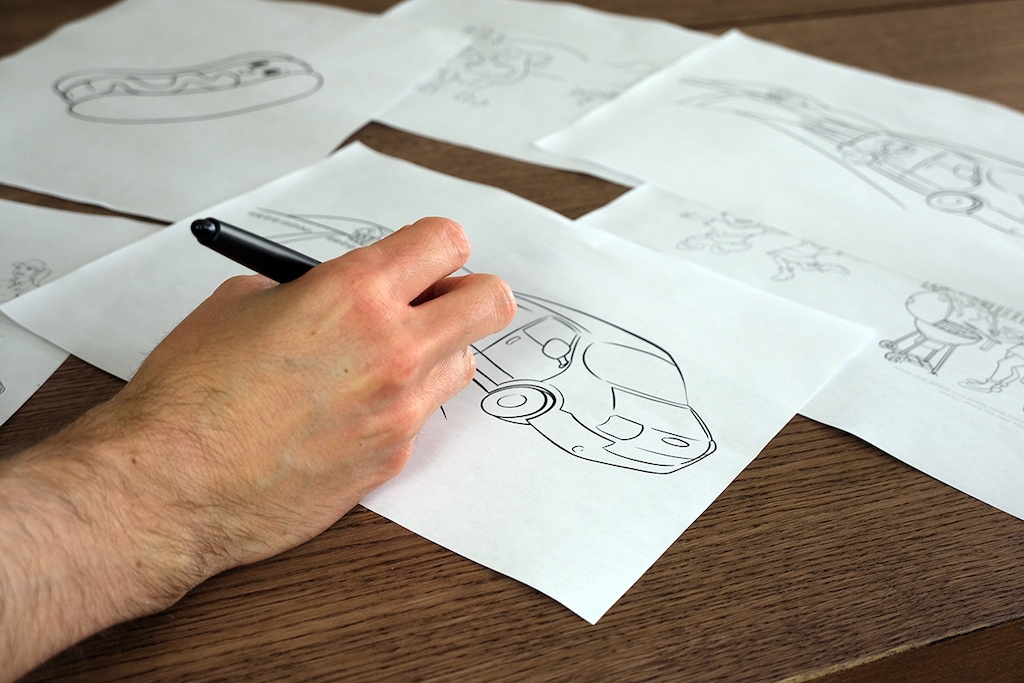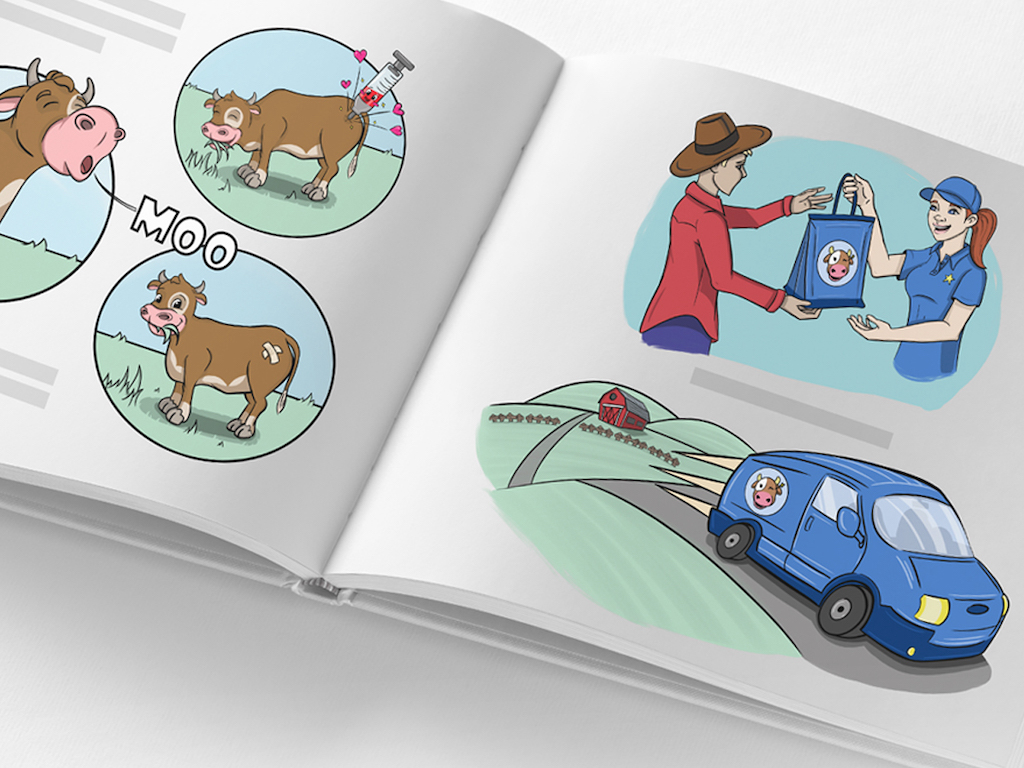3 Mins Read
There’s been a wave of new children’s books tackling environmental issues, from climate change to food waste. Now, there’s one introducing cellular agriculture to kids. In Where Do Hot Dogs Come From?, co-authors Alex Shirazi and Anita Broellochs and illustrator Gabriel Gonzalez tell a story about a family barbecue-turned-lesson explaining how cell-ag works. Through their book, they hope to inspire the next generation of scientists innovating novel sustainable proteins.
To sustain a world of 10 billion by 2050, we’re going to need to reinvent our global food system. Right now, livestock farming drives 18% of global GHG emissions, unsustainable land use, deforestation and water pollution. So a big part of solving our broken food system will require finding new ways to produce protein—and one of them is cellular agriculture.
That’s the reason why Shirazi, Broellochs and Gonzalez have teamed up to launch Where Do Hot Dogs Come From? It’s written for children aged 3 to 7 and is designed to be an eye-opener into the exciting new industry that is making meat directly from animal cells.

Where do hot dogs come from?
In the book, children will be taken on a family barbecue that turns into a mini-lesson about how cell-ag works. It’s been inspired by Broellochs’ own experience as a child, growing up on a farm in Southern Germany and having to realise where her meat came from. Broellochs is now the founder and CEO of cultured meat startup Balletic Foods.
“The book is taking the typical question of children where different foods, in this case, hot dogs, come from into a different direction than what you would expect as an answer if the hot dogs were produced in a conventional way,” explains Shirazi, who hosts the Cultured Meat and Future Food Podcast.
“Instead of a story that no one would like to hear, it takes a different direction and turns a family BBQ into a science story where the mom explains how hot dogs are made with cellular agriculture technologies which has a happy ending for everyone involved, including the cow.”

To make the topic easily digestible for children, the co-authors have teamed up with California-based artist Gabriel Gonzalez, whose illustrations bring the story to life.
Cellular agriculture education
The authors behind the book say that a children’s book explaining how cell-ag works is going to be crucial to help build a better food system. Young people represent the next generation of scientists, innovators and entrepreneurs who will be coming up with novel ways to solve the crisis we’re in.
We’ve already seen the launch of the world’s first cultured chicken bites in Singapore last year. But experts believe that cultured meat could be widely available to the masses within 10-15 years, with government support and more technological development.

“What if the youth of today would be inspired to work on this technology that could dramatically change the world? This story will inspire young readers to develop a love for STEM,” shares Shirazi.
At the moment, the book is launching via a Kickstarter project and will be shipping globally by October 2021. Packages to support the project start from $5.
“Your support will help us spread the word about this novel technology,” Shirazi says. “[And] how it could impact the world for the environment, health and animal welfare.”
All images courtesy of “Where do hot dogs come from?”.




